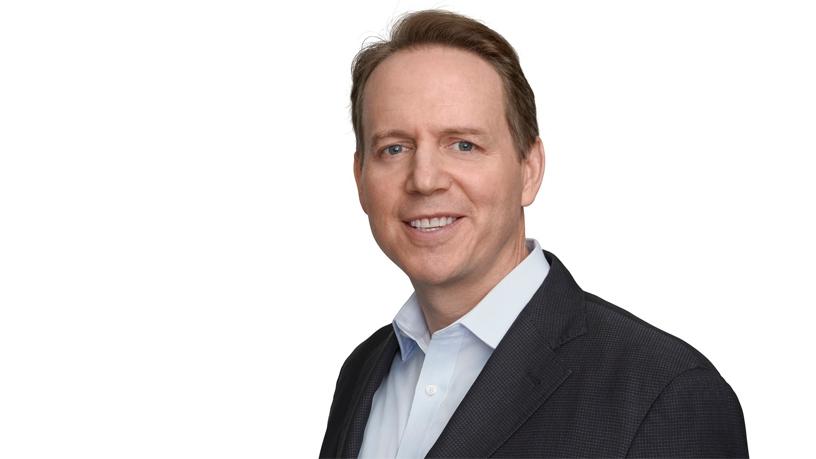
For the first time in history, this year, the number of mobile workers will equal the number of traditional office workers.
So said David Henshall, president and CEO of Citrix, in a keynote address at the Citrix Synergy 2018 event taking place at the Anaheim Convention Centre in California.
"Even some traditional office workers now find themselves working remotely on some days of the week. People now work in multiple locations throughout the day."
He pointed out that in a typical day, the average office worker works in four different locations.
"If you are anything like me, you start early and start going through e-mails sitting at the terminal; you then go to your smartphone during your commute; when you get to the office you have a few minutes working before you jump into a meeting; and in any one of these locations, you are getting work done."
However, he pointed out that organisations need the proper tools to make sure employees are productive in all the locations they work in.
"Organisations have to adapt all the time. The workforce is constantly changing; the make-up of our team and our expectations continue to evolve. For years, we have been speaking about the idea of millennials coming into the workplace, but guess what? They are here, and they are making a huge difference across the board. These are people who are considered born-digital; they grew up on the Web; they grew up on mobile; they live on social platforms; and they believe that technology should just work."
He added that this year alone, more than half of the world's population is connected to the Internet. That's about four billion people, Henshall said.
"We are finally delivering all of our applications (servers, SaaS) and a lot of people think that by the end of this year, more than half of our applications will be running in the cloud.
"The amount of data that we are generating is truly incredible. This year is the year that we will create more data than the entire history of the human race combined. The pace of digitisation is astounding."
However, he said, harnessing and securing the vast amount of data that organisations and individuals are generating and turning it into useful information is difficult for many.
He believes organisations need a holistic strategy for the digital workforce. "Employees, partners and customers are all looking for access to information anytime and anywhere."
He noted that all these demands are leading to complexity with all the technologies that have to be deployed. This leads to issues like poor user experience as well as a rise in risk and complexity, he added.
"It's pretty simple to understand why. Think about your organisation; the average organisation today is delivering an average of 100 independent apps, forcing users to navigate through different performance outcomes and different environments. In general, we hear that people are so overwhelmed with the sheer volume of apps, data, notifications and so on. This takes human RAM and reduces our overall output."
He said complexity also increases costs. "A lot of these are very powerful technologies solving real business problems but far too often, we use these technologies in very overlapping manners. We found out that an average company is using $800 to $1 000 per person, per year, just to manage this complexity. This is on top of what companies use to manage their traditional IT needs."
These challenges require fresh ideas, he noted.
Share